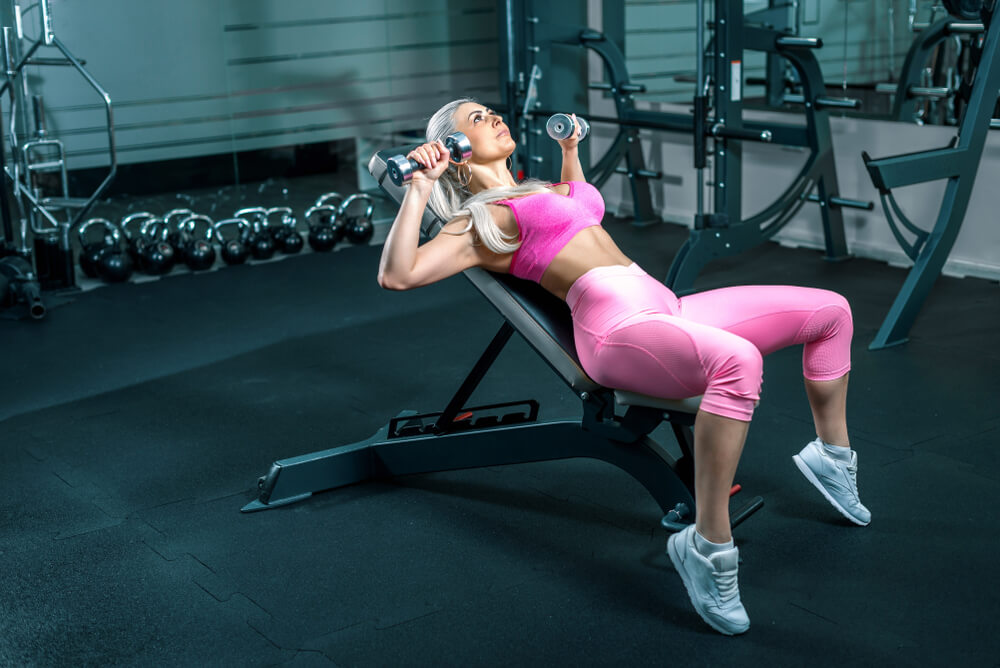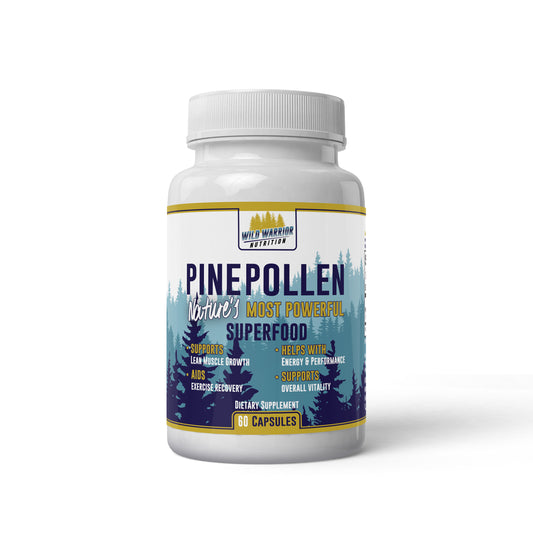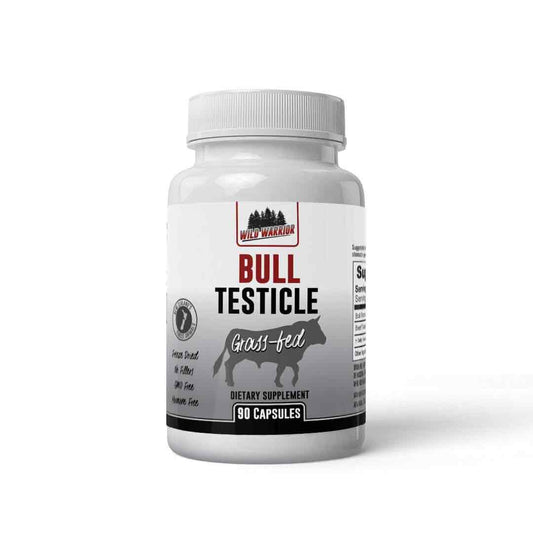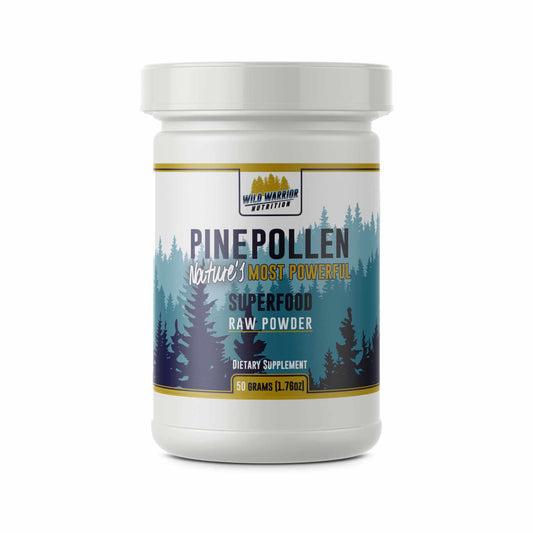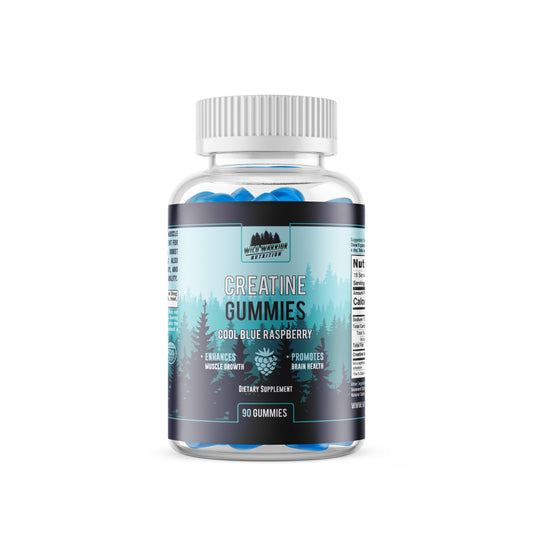Do light weight, high rep workouts build muscle?
Short answer? Yes. But for the record, this conversation is more nuanced than a Tinder date deciding between tacos or sushi. The long answer actually involves muscle fibers, science, and a little dash of gym strategy. Buckle up, because we're about to lift the lid on Type 1 and Type 2 muscle fibers and why high-rep workouts deserve a seat at the gains banquet.
Muscle Fibers 101
Before we unpack how light weights and high reps can build muscle, let's break down your muscles. I’m talking about the two distinct types of muscle fibers that run the show in your body like a buddy-cop movie.
-
Type 1 Muscle Fibers (Slow-Twitch):
These are the endurance kings. They’re like the friends who can run marathons or hike for days without complaining about their hamstrings. Type 1 fibers are built for stamina and sustained effort. They’re great for activities like cycling and swimming, or, in this case, high-rep sets of 20+ reps. They’re smaller in size compared to Type 2 fibers, but they still hypertrophy (fancy word for "get bigger") when stimulated the right way. -
Type 2 Muscle Fibers (Fast-Twitch):
These guys? The Ferraris of muscle fibers. They’re built for power, speed, and short bursts of explosive energy. Think deadlifts, sprints, and slamming the cupboard shut before your roommate eats your protein bars. They fatigue quickly but grow like weeds when you bombard them with heavy weights and low reps.
Now, here’s the twist. Both fiber types have growth potential, even though they respond differently. And yeah, both can be targeted in your workouts if you play your cards right.
Where Do High-Rep Workouts Come Into Play?
High-rep workouts with lighter weights might seem like the Rodney Dangerfield of the fitness world (you know, no respect), but they have a legit place in muscle building. Why? Because Type 1 muscle fibers thrive on long-duration tasks. Pushing into that 15-20 rep range (or higher) keeps these fibers working and forces them to adapt.
That adaptation? More capillaries, a better blood supply, and, yes, muscle growth. Type 2 fibers also get a cameo here because, as you grind through those reps and approach fatigue, they start to activate too. You’re essentially tapping into both systems, covering all your bases like a gym-floor diplomat.
Still skeptical? A good example is competitive bodybuilding. Ever noticed how bodybuilders tack on pump-focused high-rep sets at the end of their sessions? That’s because these sets promote blood flow, build up endurance muscle fibers, and pack on a finishing touch of freaky size.
Why Should You Care?
The gym is filled with dogma. Heavyweights-only purists throw shade at the lighter-weight crowd. But here’s the truth, folks. Success doesn’t come in a single flavor; it’s more like a gym buffet. Variety builds champions. Switching to high reps occasionally can add new stimulus to your muscles. They scream, “Wait, what’s happening?!” and respond by growing stronger and bigger.
Not only does high-rep training help hit those often neglected Type 1 fibers, but it’s also a ligament and joint-friendly way to train. Keep in mind, if you’re always maxing out on heavy benches and deadlifts, your joints are probably on speaking terms with Ibuprofen. Plus, you may be setting yourself up for a torn pec or bicep in the future. No one wants to be the 50 year old guy with one weird looking arm, so don't always push it to the limit.
Adding high-rep sets can give you a break from the grind and still move the needle toward hypertrophy.
Practical High-Rep Strategies
Okay, how do you actually put this stuff into action? Glad you asked because I’m not just here to flex my biceps. Here are some practical ways to incorporate light weights and high reps into your routine without looking like your aunt dabbling in Zumba.
-
Finishers and Burnouts
Say you’ve just wrapped up your standard heavy bench press. Toss on a pair of 20-pound dumbbells and rep out some “chicken-wing” peck flies for 20+ reps. Or finish leg day with a drop set of leg presses where you peel weight off every 10 reps until your quads cry uncle. -
Supersets and Circuit Training
Souped-up endurance and hypertrophy? Sign me up. String together exercises like push-ups, pull-ups, and goblet squats for high reps. Keep rest periods short to build both muscle and endurance. BONUS? You might torch some extra body fat along the way. -
Dedicated High-Rep Days
Swap out your standard heavy-only lifting day with one focused exclusively on light weights and higher reps. Don’t be afraid to apply this to major lifts like squats and deadlifts, too. Just leave your ego at the door.
Final Word
Don’t sleep on high reps, my friend. They might not have the machismo of heavy triples and singles, but they’re like the swiss army knife of muscle growth. They build hypertrophy, improve muscular endurance, and maybe even make you rethink what “light weights” can do. Sure, it’s harder to post a high-rep set to your Instagram reel with death metal playing in the background. But your muscles? They don’t give a damn about showboating.
Happy Training,
Michael, Founder/CEO of Wild Warrior Nutrition

